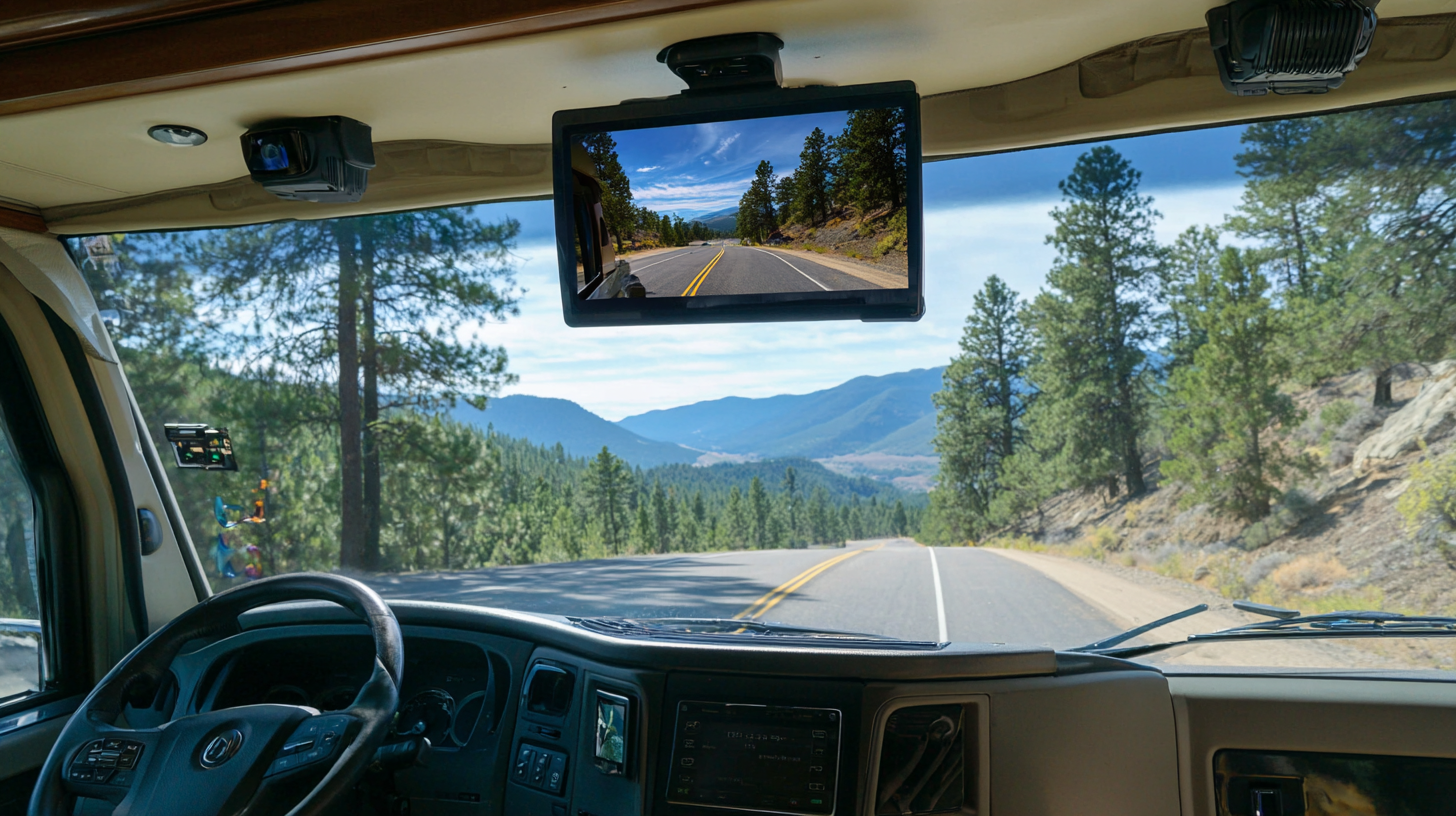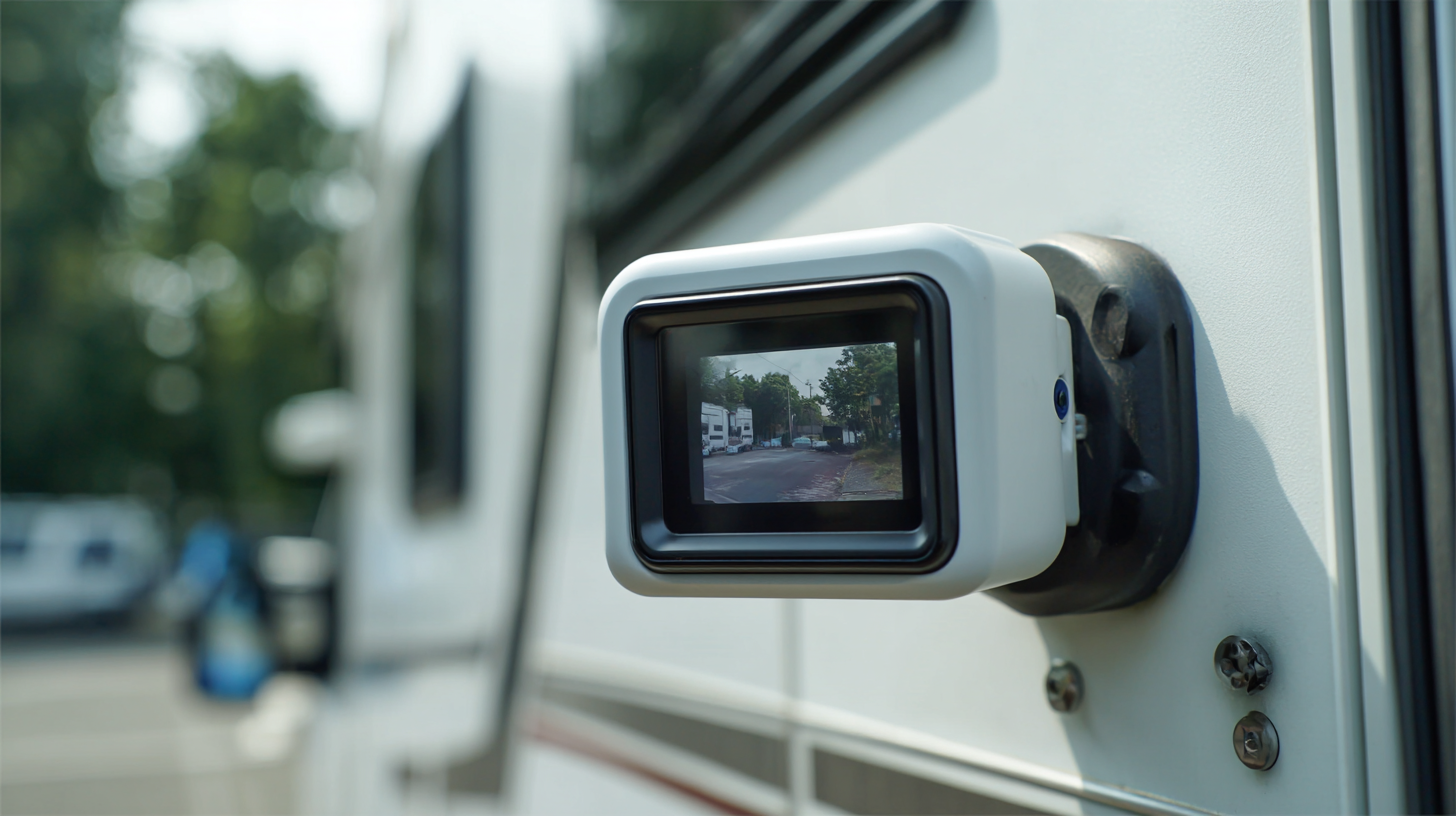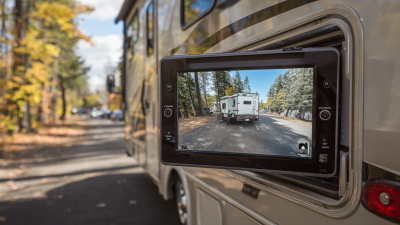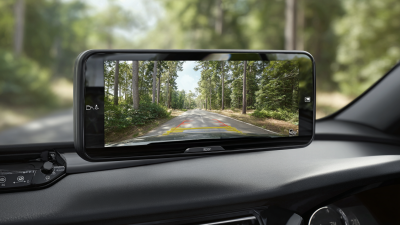Leave Your Message
In today's fast-paced world, ensuring the safety and security of your travels is paramount, especially when it comes to navigating large vehicles like RVs. An RV Rearview Camera System is an essential tool for enhancing your driving experience, providing improved visibility and minimizing blind spots while on the road. This ultimate guide will delve into the key features and considerations to keep in mind when choosing the perfect rearview camera system for your RV. From resolution and field of view to installation ease and weatherproof features, we'll present valuable tips to help you make an informed decision. Whether you're a seasoned RVer or a newcomer, understanding the importance of a reliable rearview camera system can significantly enhance your safety while on your adventures. Join us as we explore the various options available and empower you to enhance your travels with confidence.

Understanding the importance of an RV rearview camera system cannot be overstated. As recreational vehicles continue to grow in popularity, the complexity of maneuvering these large vehicles increases significantly. With their considerable size, blind spots can become a serious threat, particularly when reversing or changing lanes. A rearview camera system provides crucial visibility, allowing drivers to detect obstacles or pedestrians that might otherwise go unnoticed. This visibility significantly reduces the risk of accidents, enhancing overall safety on the road.
Moreover, a reliable RV rearview camera system not only aids in safe driving but also enhances the overall camping and travel experience. Many systems offer features such as wide-angle views, night vision, and connection to a smartphone or GPS device, making navigation simpler and more secure. By investing in such technology, RV owners can enjoy peace of mind, knowing they are taking proactive measures to ensure their safety and that of others on the road. Ultimately, a rearview camera system should be viewed as an essential component of any RV setup, indispensable for safety and convenience while navigating diverse terrains.
| Feature | Description | Benefits |
|---|---|---|
| Field of View | The angle of visibility the camera provides. | Wider view increases safety by reducing blind spots. |
| Resolution | The clarity of the image produced by the camera. | Higher resolution helps identify obstacles and other vehicles. |
| Night Vision | Ability to see in low-light conditions. | Improves safety during nighttime driving. |
| Weather Resistance | Durability against rain, snow, and dust. | Ensures long-lasting performance in various conditions. |
| Ease of Installation | The simplicity of setting up the camera system. | Saves time and cost during installation. |
| Monitor Size | Size of the screen used to view the camera feed. | Larger screens provide better visibility and accessibility. |
When selecting an RV rearview camera system, there are several key features to consider to ensure enhanced safety and ease of use. First and foremost, image quality is paramount. Look for cameras that offer high-resolution images and wide-angle views, allowing you to capture a broader field of vision. This is especially important when reversing or changing lanes, as more visibility can significantly reduce blind spots.
Another critical feature is the ease of installation and connectivity. Many modern RV rearview cameras come with wireless options, eliminating the need for complicated wiring. Additionally, consider systems with night vision capabilities to ensure clarity during low-light conditions. Some advanced models also include features like motion detection and alerts, which can enhance awareness of obstacles behind your vehicle. By focusing on these key attributes, you can select a rearview camera system that not only improves safety but also provides peace of mind while driving your RV.

When selecting an RV rearview camera system, it’s crucial to understand the various types available and how they cater to different needs. There are primarily two categories: wired and wireless systems. Wired systems tend to offer more stable connections and clearer video feeds, making them ideal for larger RVs that require reliable transmission over longer distances. According to a report by RV Safety Coalition, vehicles equipped with wired rearview cameras can reduce blind spots by up to 30%, significantly enhancing safety during maneuvers.
On the other hand, wireless systems are favored for their ease of installation and flexibility. These systems utilize Wi-Fi or dedicated transmitter technologies, allowing users to set up their cameras without the hassle of running cables through their RVs. Industry research indicates that around 65% of RV owners prefer wireless systems for their user-friendly features and quick installation processes. Each type has its own advantages, and the right choice ultimately depends on the specific needs of the RV owner, such as vehicle size, budget, and personal preferences.
This chart displays the popularity ratings of various types of RV rearview camera systems. Wireless systems are currently the most preferred choice, followed by wired systems, backup camera kits, and integrated systems.
Installing an RV rearview camera system is a crucial step in enhancing your vehicular safety. The first step in the installation process is to choose the right camera that suits your specific RV model and driving needs. Consider factors such as resolution, night vision capabilities, and the field of view offered by the camera. Once you've selected the appropriate camera, gather all necessary tools and materials, including a drill, mounting brackets, wiring, and connectors.
Next, identify the best mounting location for your camera. This is typically above the rear window or on the rear bumper, ensuring that it provides an unobstructed view of the area behind your RV. After marking the position, securely attach the camera using the provided brackets. The installation of the wiring is next; route the cables carefully along the vehicle's interior to avoid interference with any moving parts.
Connect the camera to the monitor inside your RV, ensuring that all electrical connections are secure and waterproof to prevent any future issues. Following these steps will ensure that your rearview camera system is installed correctly and functions optimally, providing you with the visibility you need while driving.
When investing in an RV rearview camera system, maintenance and troubleshooting are crucial to ensuring its longevity and performance. According to a report by the Recreational Vehicle Industry Association (RVIA), nearly 50% of RV owners experience some form of technical issue with their camera systems within the first year of use. Regular maintenance can significantly reduce this statistic, ensuring that your system remains functional when you need it most. Start by regularly cleaning the camera lenses and checking for any signs of wear on the cables and connections, as dirt and moisture can severely impact image quality.

In case of troubleshooting, it's essential to understand common issues that may arise. A study conducted by the RV Safety Coalition revealed that 30% of rearview camera failures were attributed to loose connections or power supply issues. Simple checks like ensuring that the power supply is stable and that all connections are secure can save time and prevent accidents. If problems persist, refer to the manufacturer’s guidelines, as many offer robust customer support and troubleshooting manuals designed specifically for their systems. By focusing on these maintenance and troubleshooting tips, you can enhance your safety while driving your RV and extend the life of your rearview camera system.






